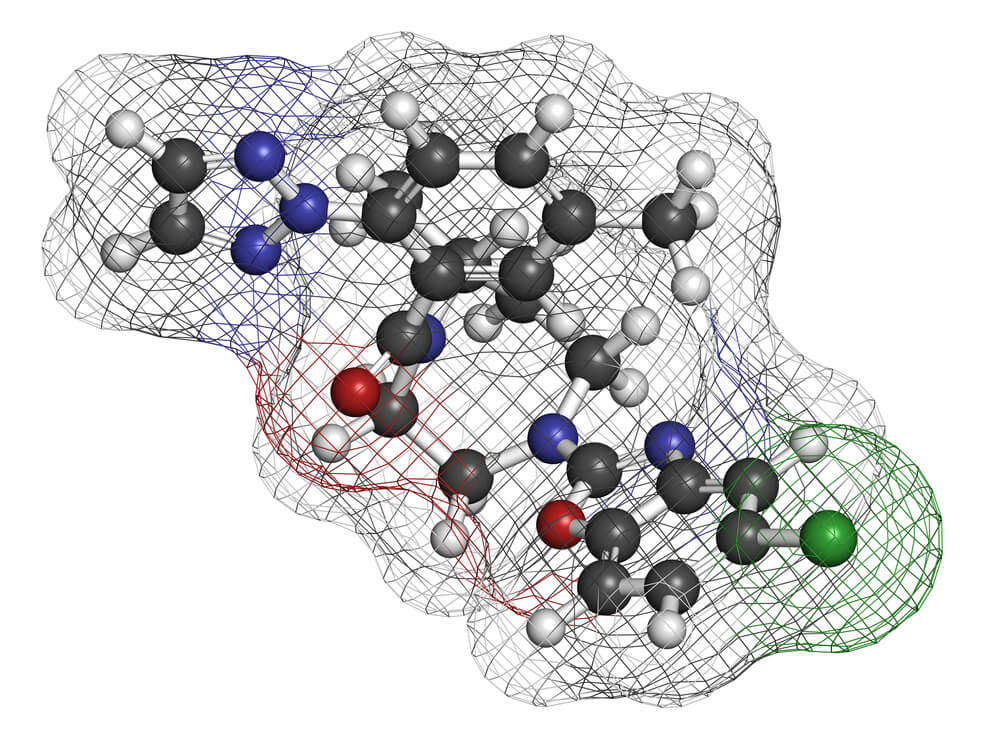Orexins, also known as hypocretins, are two neuropeptides found in most vertebrates and were discovered in 1998. We are talking about two different neuroopept indica hormones, derived from a common precursor protein, called pre-orexin:
Its function, among other things, is to provide intestinal responses to the brain. They are secreted in both the hypothalamus and in neurons and cells in the intestine, stomach and pancreas.
- As a result.
- They have a major influence on nutrition.
- Food intake and appetite control.
- Which has been called the brain-intestinal axis.
They also intervene in the regulation of the sleep-wake cycle, or even in the regulation of the reproductive process, we will see it in more detail in this article.
Two specific orexin receptors have been described: OX1R and OX2R. Both are receptors coupled to the protein G. La orexin A has the ability to bind to the two, while orexin B binds mainly to the OX2R receptor.
Although orexinergic neurons are located in specific areas of the hypothalamus, they have also encountered very long projections throughout the brain, such as in certain areas of the limbic or reticular system.
Therefore, they play an important role in various emotional, motivational and reward functions.
The influence of orexins on the sleep-wake cycle was one of the main functions observed in the discovery of these neuropeptides, this orexin/hypocretin system is very active when waking up, however, they decrease their activation during sleep, especially during REM sleep. .
In fact, narcolepsy syndrome has been shown to be associated with a deficiency of these hormones or their receptors, so in this disorder sleep is disorganized and fragmented, and episodes of REM sleep even appear during the awakening process.
Much is currently being researched in this area to discover drugs effective in such sleep disorders, for example, Suvorexant is an orexin receptor hypnotic antagonist marketed in some countries.
Orxins have the ability to increase appetite. It has been observed, in fact, that the orexin/hypocretin system is closely related to the interaction between the brain and the digestive system, which would be the brain-intestinal axis.
As we have already said, in addition to segregating at the hypothalamic level, orexins are also secreted into the intestine and stomach, so they are especially capable of regulating gastric motility or secretion of pancreatic hormones, for example.
Thus, these neuroopeptid hormones would be responsible for bringing intestinal sensations to the brain in order to regulate appetite, especially in the short term, for example, in a fasting or hypoglycemia situation, the orxins in the gut would increase and carry information on nutritional deficiencies and dietary needs in the brain.
Orxins are also particularly related to emotions and mood, due to the connections of these neurons to the limbic system, their influence on memory and learning processes has also been observed.
Recently the influence of orexins on the hypothalamus-pituitary-gonadic axis has been discovered, in this context, these neuropeptides are also important in regulating the reproductive process, some of the functions on which they influence are:
As we have seen, orexins have significant potential for their influence on multiple and different functions of the body, so further research is needed in this area, as they can be very useful in treating various types of disorders. changes.

